Home>Ideas and Tips>Big Impact Designs For Small Spaces
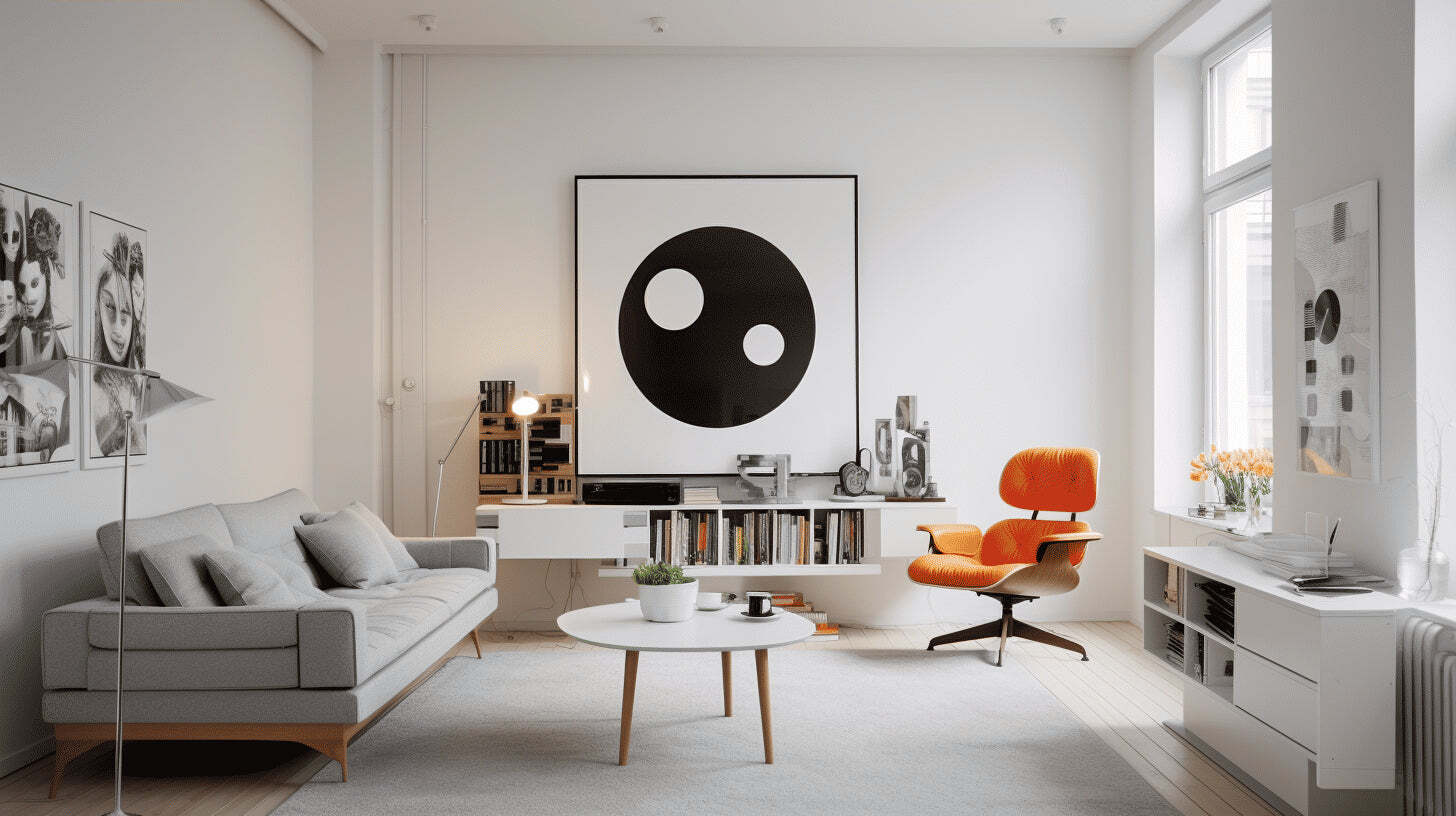

Ideas and Tips
Big Impact Designs For Small Spaces
Modified: November 2, 2024
Transform your small spaces with big impact designs. Discover tips on using wallpaper, lighting, and smart storage to maximize functionality and style.
(Many of the links in this article redirect to a specific reviewed product. Your purchase of these products through affiliate links helps to generate commission for Storables.com, at no extra cost. Learn more)
When it comes to home improvement, one of the most challenging yet rewarding tasks is transforming small spaces into functional and aesthetically pleasing areas. Small spaces often present unique design opportunities that can be leveraged to create big impacts without breaking the bank. In this article, we will explore various design strategies and practical tips for making the most out of your small spaces.
Embracing Wallpaper in Small Spaces
One of the most effective ways to transform a small space is by using wallpaper. While it might seem daunting to commit to an entire room, there are many creative ways to incorporate wallpaper into your design without overwhelming the space.
Read more: Small Space Solutions: Big Impact Designs
Embrace a Small Space
Wallpaper can be a game-changer for tiny rooms or passageways. According to interior designer Liz Levin, "Wallpaper can really transform a tiny room or passageway from an afterthought into something special." Levin suggests that compact spaces like powder rooms, nooks, mudrooms, vestibules, and butler's pantries are ideal for wallpaper experimentation. These areas are less likely to be used extensively, so you won't tire of the pattern quickly. Additionally, smaller rooms require less material, making it more budget-friendly.
Direct Eyes Upward
Another innovative approach is to use wallpaper on ceilings. Often referred to as the "fifth wall," ceilings can be a great canvas for geometric prints or other bold designs. Levin recommends using light-colored backgrounds for ceilings to avoid making the space feel claustrophobic. For example, she wallpapered a ceiling in Warrenton, Virginia, with a large-scale geometric print that stood out against deep-blue-painted millwork. This trick not only adds visual interest but also makes the room feel larger.
Line a Shelf
For a more subtle look, consider lining the backs of bookshelves with wallpaper. Designer Jennifer Barron used a cheerful cowboy boot print to dress the backs of bookshelves in a Texas family room. To avoid chopping up the pattern with shelf dividers, it's best to stick to smaller repeat wallpapers. This adds whimsy and a strategic bit of color to the space without overwhelming it.
Frame a Panel
Another way to incorporate wallpaper without committing to an entire room is by framing single panels of scenic wallpaper. Barron likes to hang these panels in pairs or trios to create a focal point in dining rooms. This approach is cost-effective and allows you to easily move the panels when you change your decor or move to a new home. Forgoing glass frames makes the panels lighter and easier to handle.
Read more: 10 Small Decor Changes For Big Impact
Reconsider the Border
Using borders can be an excellent way to add visual interest and pattern without spending a lot of money. Atkinson recommends using borders to highlight existing architectural features, creating visual interest where there is none. For example, wrapping the upper half of the walls in pink grass cloth while keeping the wainscot below painted white can be an economical way to install wallpaper without committing to it from floor to ceiling.
Reflecting Light to Trick the Eye
Lighting plays a crucial role in making small spaces appear larger. One effective trick is to use artistic lighting paired with mirrors to create an illusion of a more dramatic focal feature. Light reflected off mirrors automatically creates the illusion of a larger space. Strategically positioning mirrors across from windows or other light sources can also capture light without needing additional fixtures.
Creating Multi-Use Spaces
Small spaces often benefit from multi-use designs that can be tucked away when not in use. For example, a window seat can be designed as a reading or conversation corner with plush accent pillows. Creating workable spaces that can be hidden when not needed, such as a hidden office covered by a barn door, can maintain a minimalist and clean flow in the overall space.
Mixing Colors, Textures, and Patterns
When designing a small space, it's essential to mix colors, textures, and patterns to create contrast and visual depth. Interior designer Amy Kartheiser suggests creating some contrast with unique layers and pairings. This approach not only adds personality but also makes the space feel more elevated and full of character. For instance, combining bold art with neutral furniture can create a memorable design experience in smaller rooms.
Read more: Small Space, Big Impact Powder Room Ideas
Using Vertical Storage
Utilizing vertical space is another effective way to maximize utility in small spaces. Shelves, wall-mounted cabinets, and floating bookshelves not only save floor space but also add an interesting visual element to your decor. This strategy makes use of often overlooked areas and keeps the floor clear for other activities.
Opting for Light Colors
Choosing light and neutral color palettes for walls, furniture, and decor makes a room feel open and inviting. Light colors serve as a versatile backdrop for various design elements and help create an airy feel that makes small spaces appear larger.
Adding Texture with Flooring
The floor is often overlooked as the "6th wall" in a room. Adding a herringbone pattern or a fun patterned rug can enhance the visual appeal of your space while providing texture and depth. This approach helps create an ultra-luxe look without overwhelming the room.
Incorporating Mirrors Strategically
Mirrors are another tool for creating illusions in small spaces. Strategically placing mirrors across from windows or other light sources can reflect light and make the room appear larger. Mirrored closet doors or statement mirrors on walls can brighten up your small spaces effectively.
Smart Storage Solutions
Investing in smart storage solutions is crucial for maintaining organization in small spaces. Storage bins, baskets, and organizers help keep belongings neat and tidy. Consider storage solutions that can be tucked under beds or sofas for efficient organization.
Compact Appliances
Choosing smaller appliances and kitchen gadgets saves counter and cabinet space, making your kitchen more functional. Compact appliances are just as efficient as their larger counterparts, enhancing the overall utility of your kitchen.
Dual-Purpose Rooms
If your small spaces are multipurpose, use furniture and room dividers to create distinct zones for different activities. For example, a room can serve as a living room by day and a bedroom by night, offering flexibility and efficient use of space.
Small Changes with Big Impact
Sometimes, it's not about making drastic changes but rather incorporating small elements that can significantly impact the look and feel of your space. For instance, adding fresh flowers, new pillows, or small decor items can transform your room without breaking the bank. These small changes can be easily summarized as:
- Flowers (real or faux)
- Small decor items (usually on a tray)
- Pillows (and throws)
These elements can be found at affordable prices and can be swapped out regularly to keep your space looking fresh and updated.
Conclusion
Transforming small spaces into functional and aesthetically pleasing areas requires creativity and strategic planning. By embracing wallpaper, reflecting light with mirrors, mixing colors and textures, using vertical storage solutions, opting for light colors, adding texture with flooring, incorporating smart storage solutions, choosing compact appliances, and designing dual-purpose rooms, you can create big impacts in even the smallest spaces. Remember that sometimes it's the small changes that make the biggest difference in transforming your home into a beautiful and functional living space.
By following these tips and strategies outlined in this article, you'll be well on your way to turning any small space into a memorable design experience that enhances both functionality and aesthetics. Whether you're working with a powder room, laundry room, or any other compact area, these ideas will help you make a bold statement without sacrificing style or budget.
Was this page helpful?
At Storables.com, we guarantee accurate and reliable information. Our content, validated by Expert Board Contributors, is crafted following stringent Editorial Policies. We're committed to providing you with well-researched, expert-backed insights for all your informational needs.
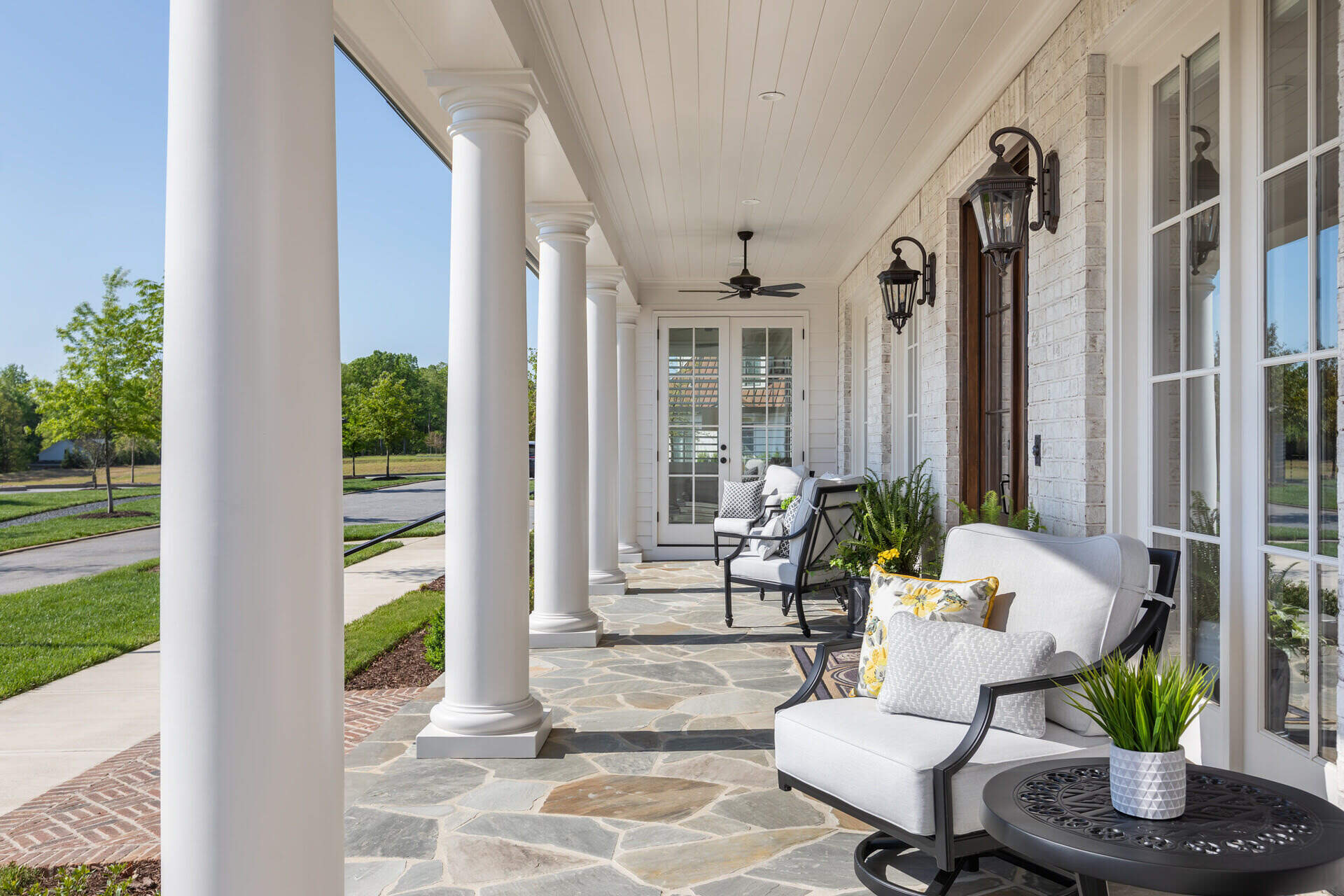
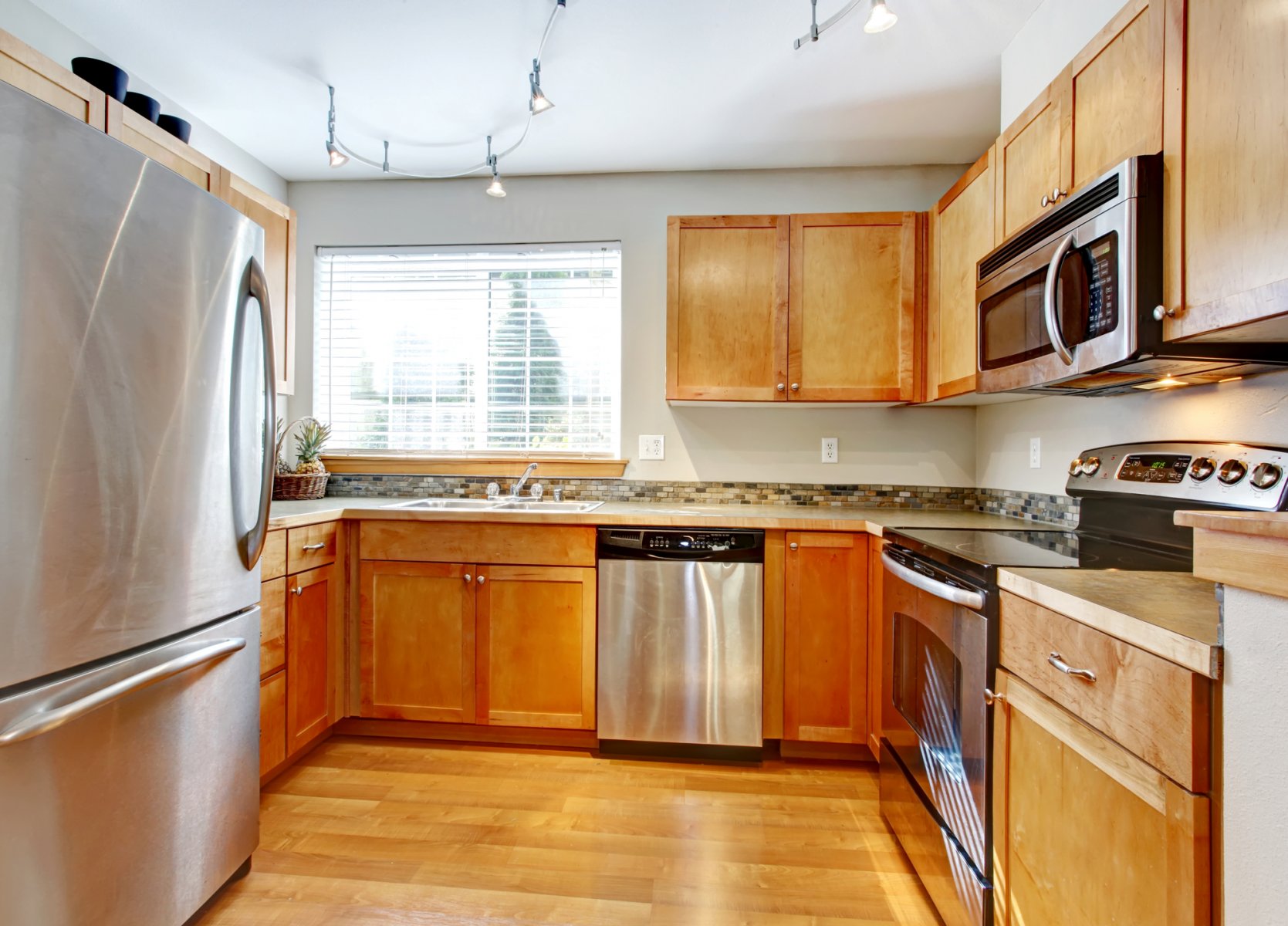


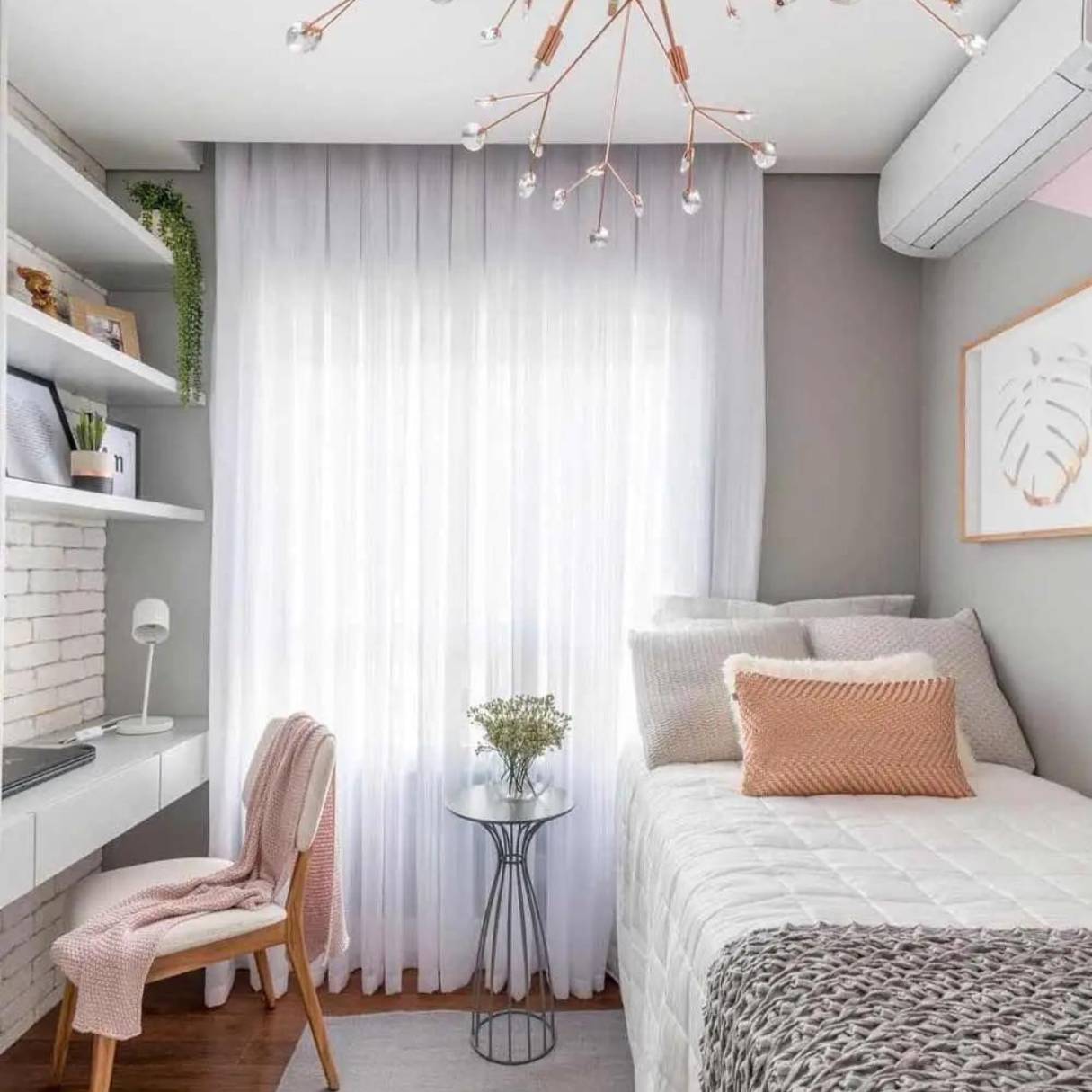
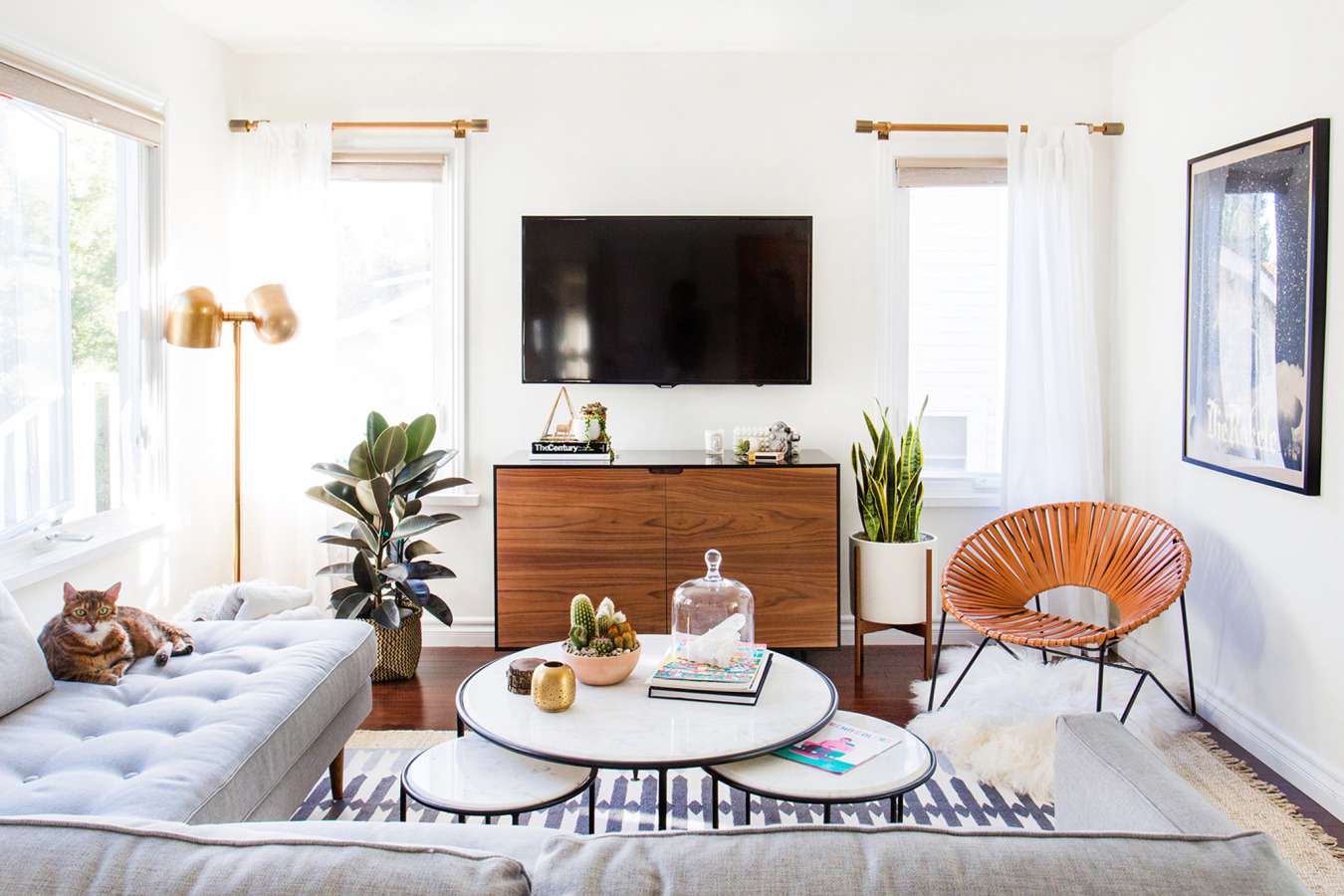

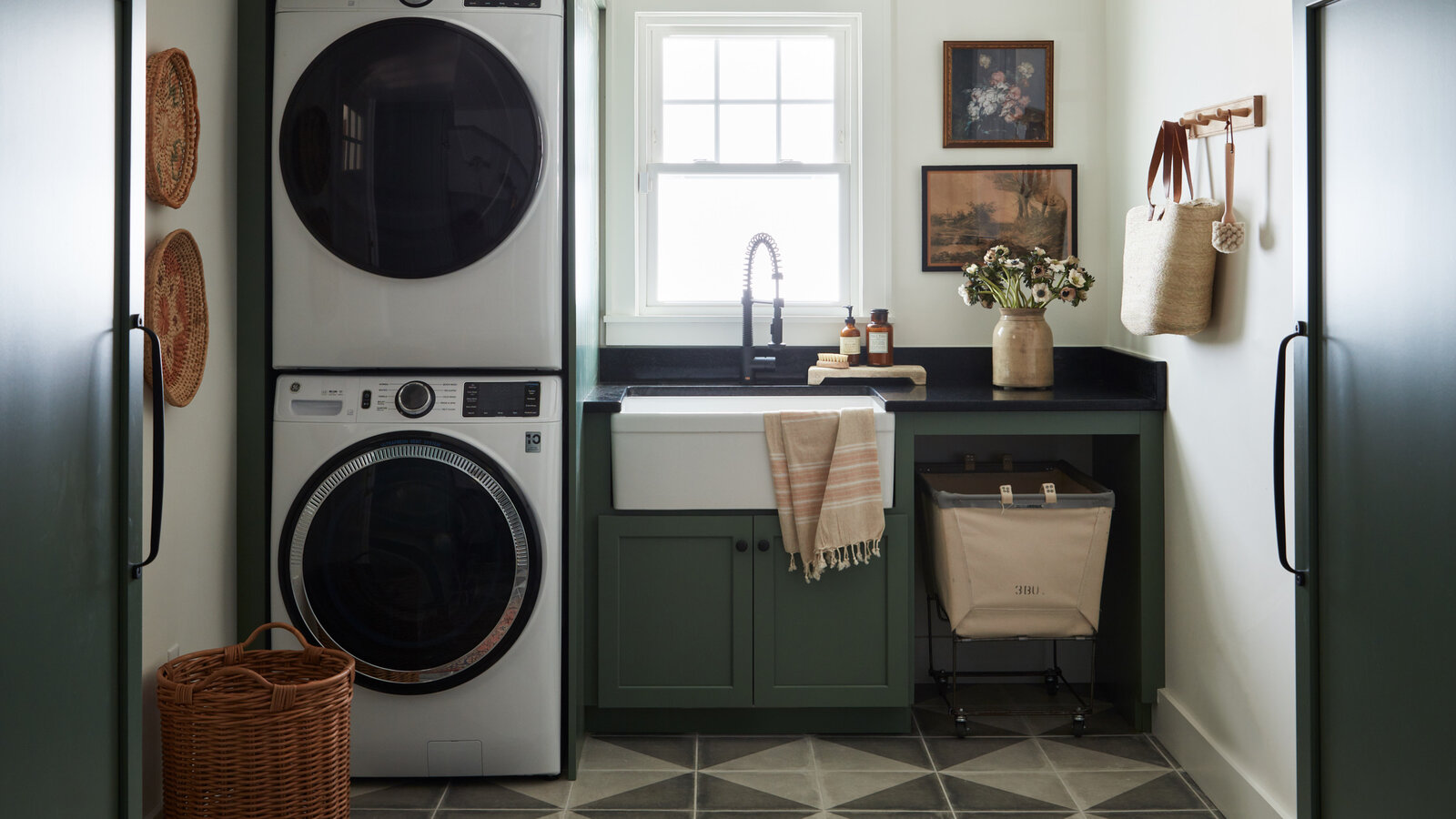
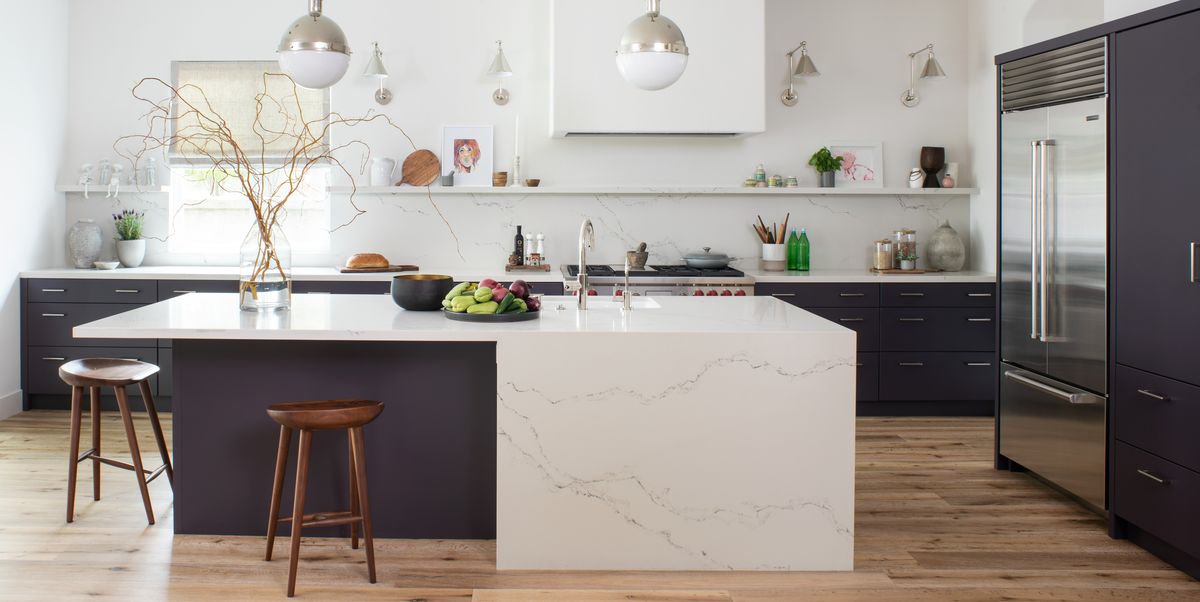
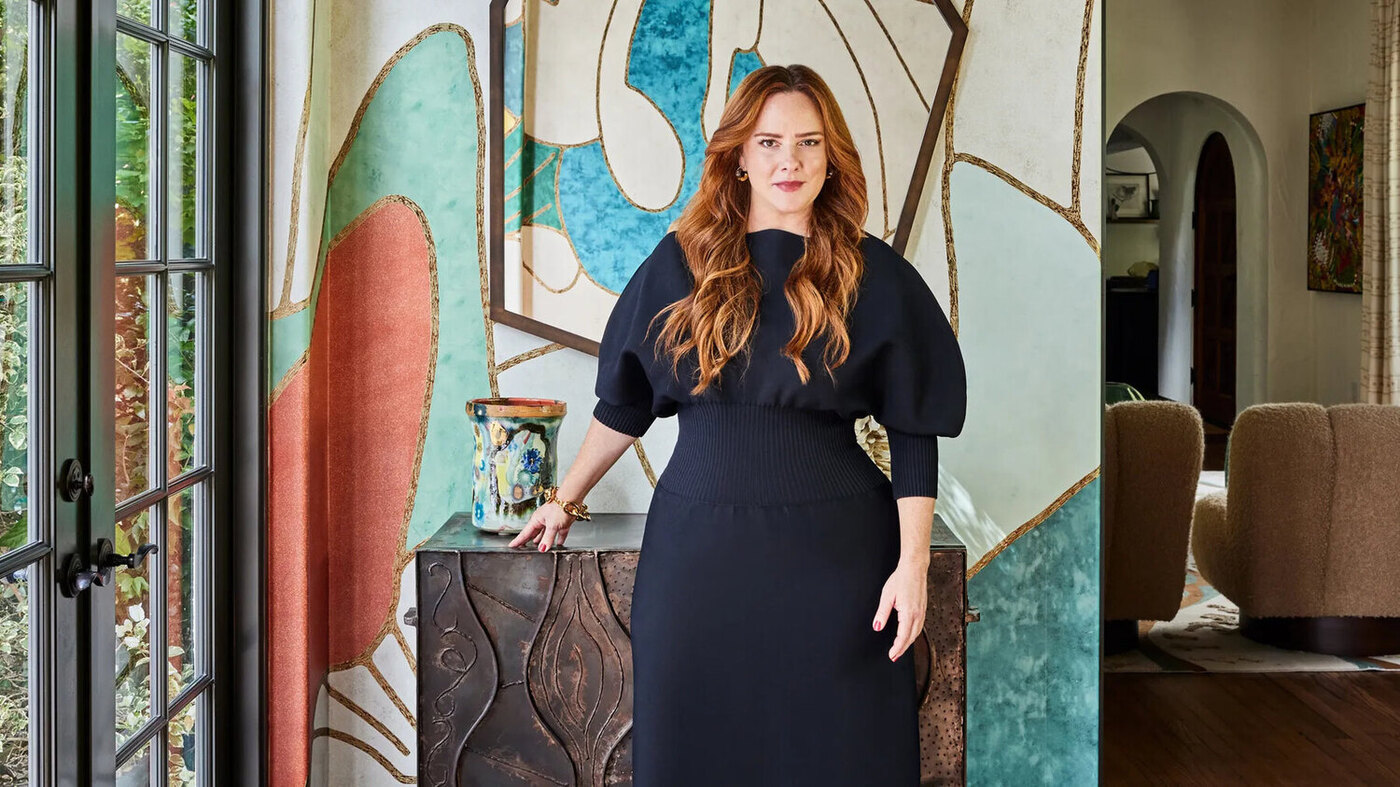
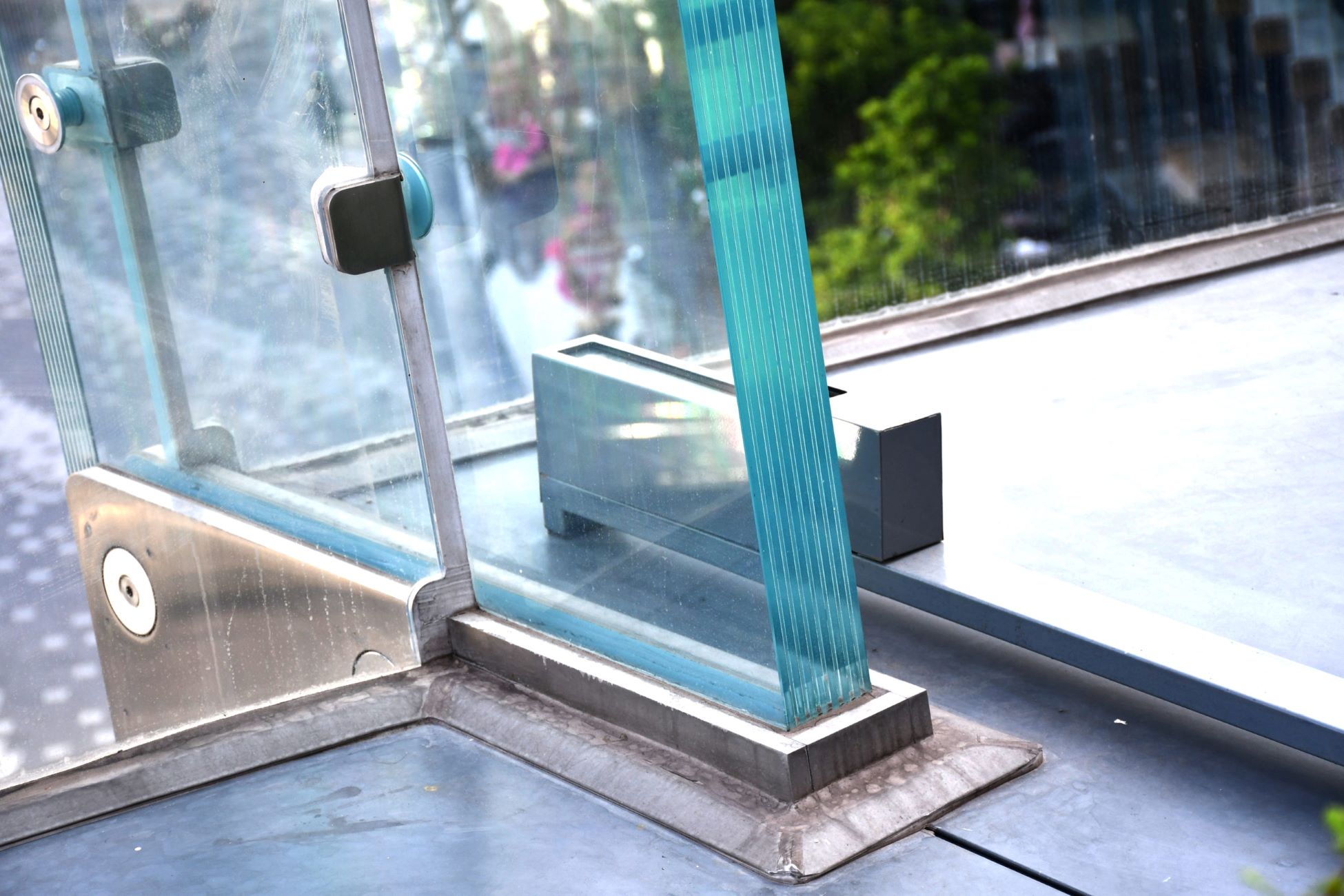

0 thoughts on “Big Impact Designs For Small Spaces”